A study in Nature Neuroscience found that both neurons and oligodendrocytes contribute to amyloid-β plaque burden in Alzheimer's disease, highlighting new therapeutic targets.
By Dr. Sushama R. Chaphalkar, PhD.Reviewed by Susha Cheriyedath, M.Sc.Aug 7 2024 In a recent study published in the journal Nature Neuroscience , researchers investigated the contributions of oligodendrocytes and neurons to amyloid-β plaque burden in Alzheimer's disease model mice. They found that OLs and neurons add to Aβ plaque burden, wherein excitatory projection neurons need to provide a threshold level of Aβ for rapid plaque seeding.
Background AD is a progressive neurodegenerative disorder characterized by memory loss, cognitive decline, and behavioral changes. It commonly leads to dementia among older adults. It involves the accumulation of Aβ plaques and neurofibrillary tangles in the brain, leading to the death of brain cells and the deterioration of brain function. Evidence suggests that Aβ production is mainly linked to excitatory neurons . However, recent studies suggest that other cell types may also produce Aβ.
Results and discussion According to the study, both neurons and OLs were found to express amyloidogenic pathway genes. APP expression in OLs was confirmed in both murine and human tissues. Novel AD mouse lines revealed a 30% reduction in plaque burden in OL-Bace1cKO;AD mice compared to controls, while ExN-Bace1cKO;AD mice showed a 95–98% reduction. This indicated that ExN-derived Aβ is crucial for plaque formation.
Working model of modulating cell-type-specific Aβ contributions. Selectively ablating Aβ from specific cell types results in steady-state rate change of Aβ production, causing exponentially slower plaque growth that follows a sigmoidal growth curve. ctrl, control; rel., relative.
Alzheimer's Disease Cell Dementia Genes In Vivo Myelin Neurodegenerative Disorder Neurons Neuroscience Pathology
United Kingdom Latest News, United Kingdom Headlines
Similar News:You can also read news stories similar to this one that we have collected from other news sources.
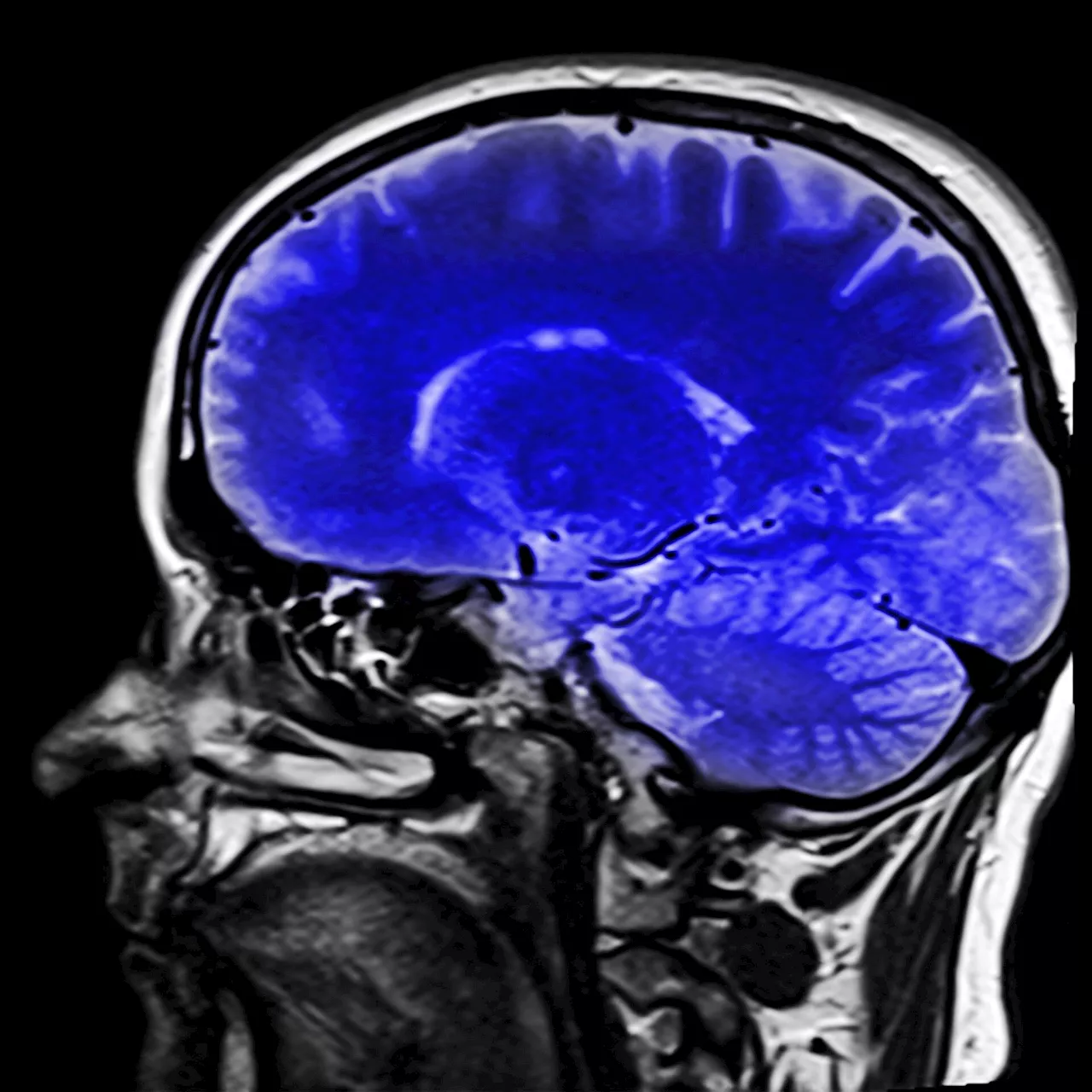 Study reveals next frontier in reproducible brain imaging for neuroscience discoveryThe Child Mind Institute has released a paper detailing their pioneering study in the journal Nature Human Behaviour titled, 'Moving Beyond Processing and Analysis-Related Variation in Resting State Functional Brain Imaging.'
Study reveals next frontier in reproducible brain imaging for neuroscience discoveryThe Child Mind Institute has released a paper detailing their pioneering study in the journal Nature Human Behaviour titled, 'Moving Beyond Processing and Analysis-Related Variation in Resting State Functional Brain Imaging.'
Read more »
 St Aidan's Nature Park: The little owls making wise moves at a Yorkshire nature parkJust now family groups of little owls are being seen including two chicks at the St Aidan's Nature Park, Leeds.
St Aidan's Nature Park: The little owls making wise moves at a Yorkshire nature parkJust now family groups of little owls are being seen including two chicks at the St Aidan's Nature Park, Leeds.
Read more »
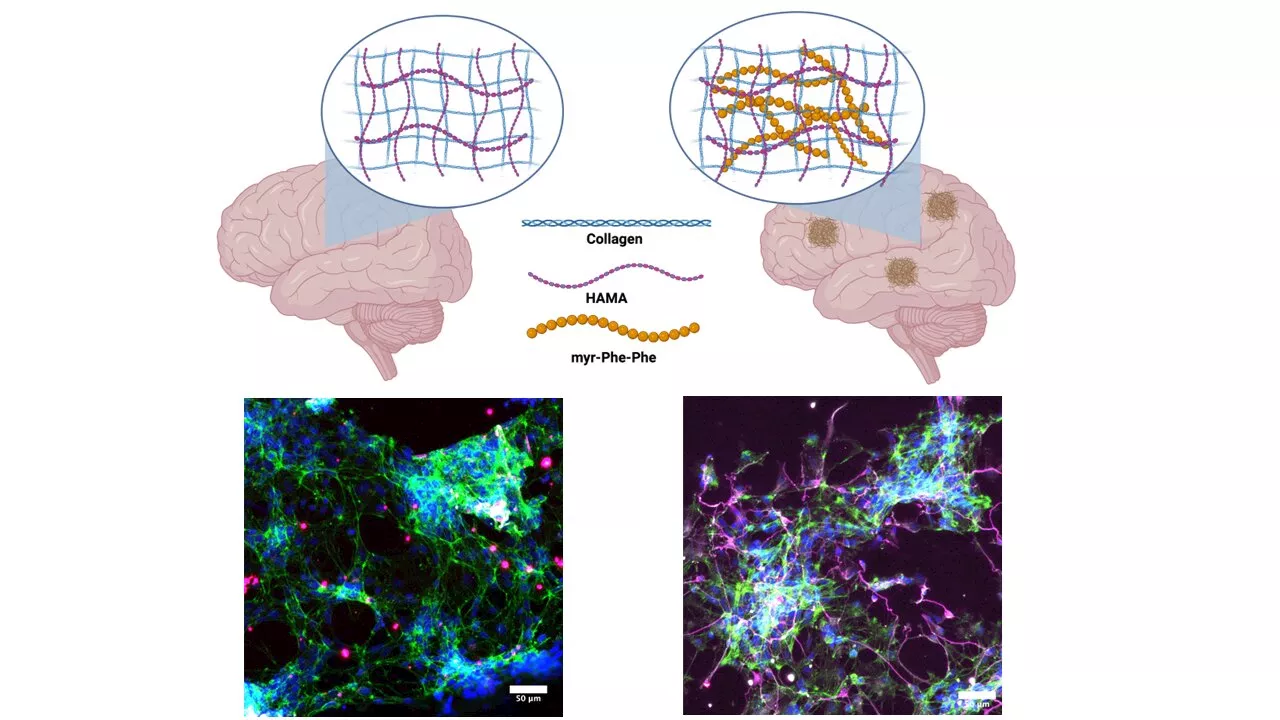 Study reveals insights into Alzheimer's disease mechanisms through novel hydrogel matrixResearchers at the Terasaki Institute for Biomedical Innovation (TIBI) have unveiled a pioneering study shedding light on the intricate mechanisms underlying Alzheimer's disease (AD).
Study reveals insights into Alzheimer's disease mechanisms through novel hydrogel matrixResearchers at the Terasaki Institute for Biomedical Innovation (TIBI) have unveiled a pioneering study shedding light on the intricate mechanisms underlying Alzheimer's disease (AD).
Read more »
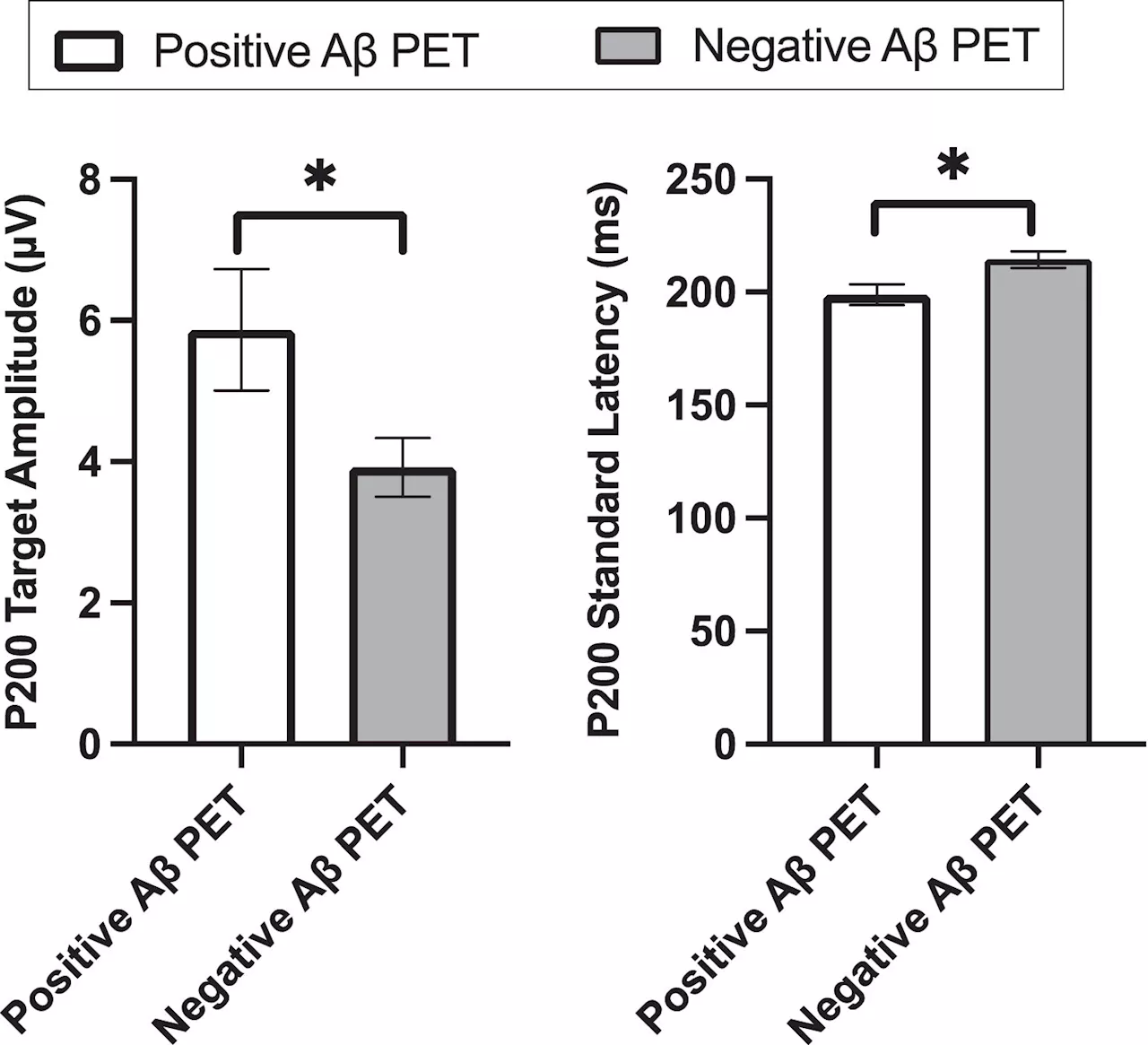 Study validates diagnostic tool for identifying amyloid beta plaques, the hallmark of Alzheimer's diseaseAmyloid PET scans provide in-vivo evidence of Alzheimer's disease (AD) pathology. However, due to their high cost and limited insurance coverage, they are not widely used in clinical settings outside of the VA Healthcare System.
Study validates diagnostic tool for identifying amyloid beta plaques, the hallmark of Alzheimer's diseaseAmyloid PET scans provide in-vivo evidence of Alzheimer's disease (AD) pathology. However, due to their high cost and limited insurance coverage, they are not widely used in clinical settings outside of the VA Healthcare System.
Read more »
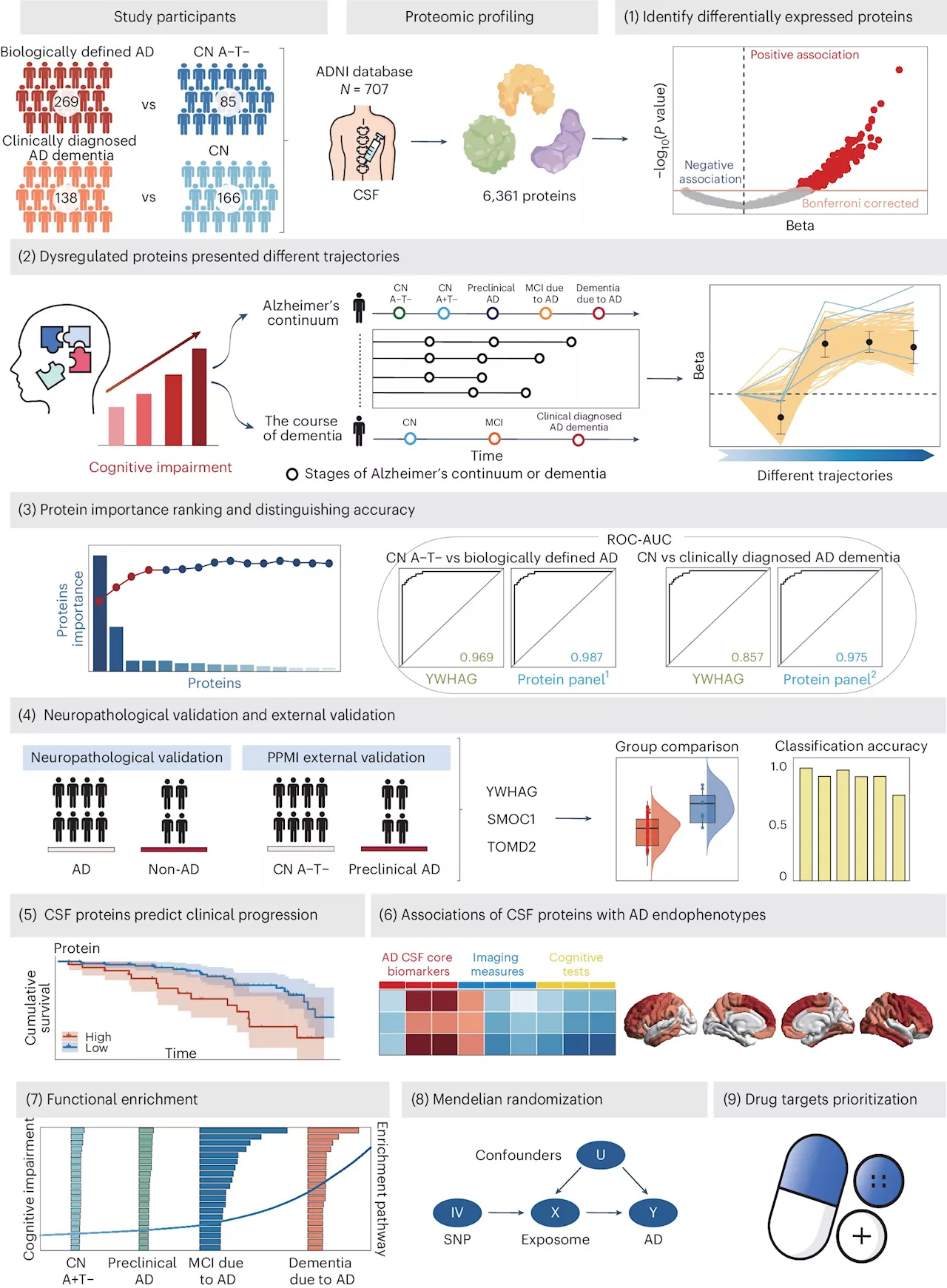 Study identifies new biomarkers of Alzheimer's diseaseRecent advances in the study of proteomes (i.e., the entire range of proteins expressed by human cells and tissues) have opened new opportunities for identifying the biological markers of specific diseases or mental disorders. This could in turn inform the prevention, diagnosis and treatment of these medical conditions.
Study identifies new biomarkers of Alzheimer's diseaseRecent advances in the study of proteomes (i.e., the entire range of proteins expressed by human cells and tissues) have opened new opportunities for identifying the biological markers of specific diseases or mental disorders. This could in turn inform the prevention, diagnosis and treatment of these medical conditions.
Read more »
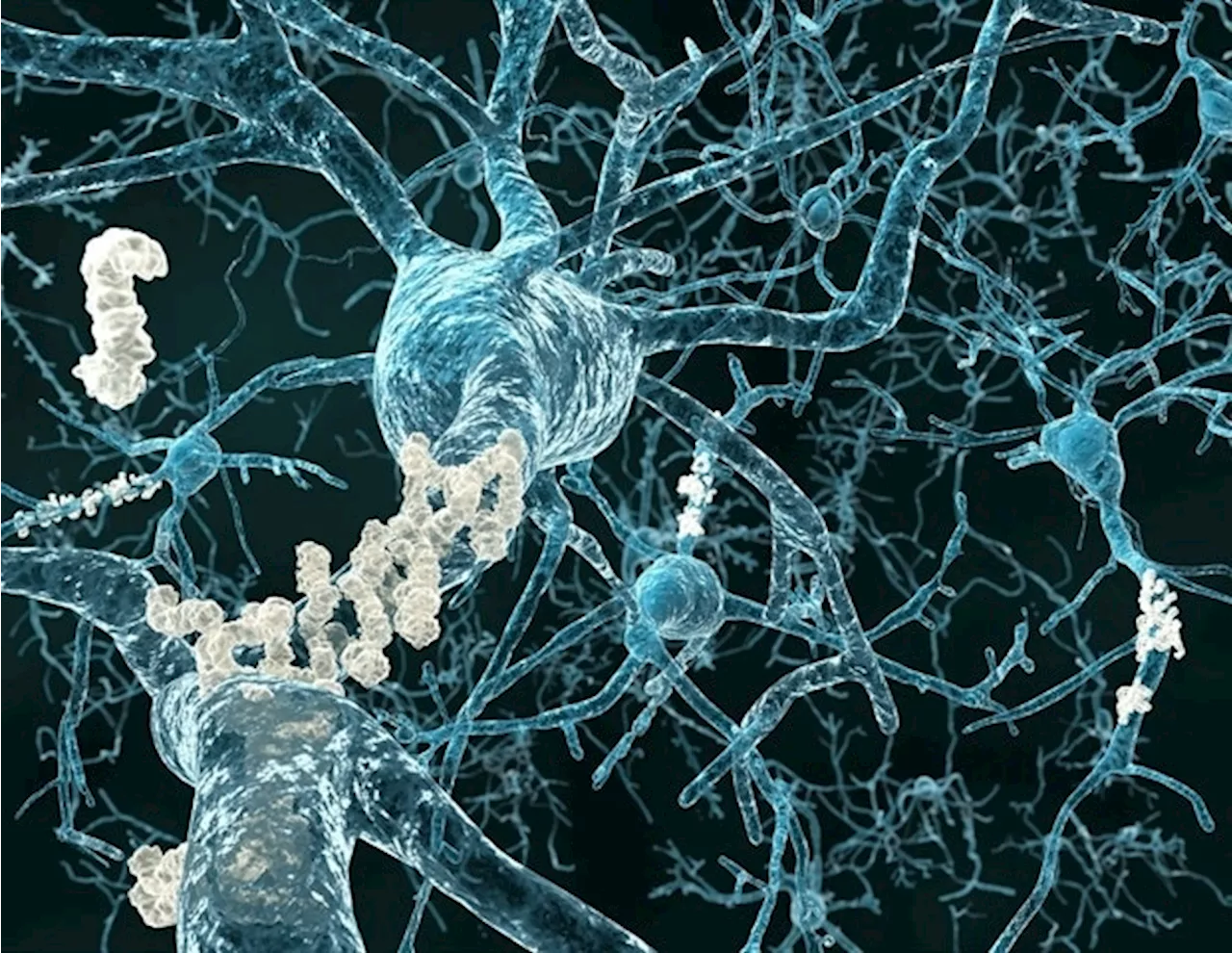 Comprehensive dataset from A4 study yields key insights about Alzheimer's diseaseData from the Anti-Amyloid Treatment in Asymptomatic Alzheimer's (A4) study, the first and largest clinical trial of pre-symptomatic Alzheimer's disease, is now widely available to researchers studying the condition.
Comprehensive dataset from A4 study yields key insights about Alzheimer's diseaseData from the Anti-Amyloid Treatment in Asymptomatic Alzheimer's (A4) study, the first and largest clinical trial of pre-symptomatic Alzheimer's disease, is now widely available to researchers studying the condition.
Read more »
